*This project involves AC current. Work on it only if you or someone in your team knows how to work with it safely! *
The concept
While the COVID-19 pandemic is starting to recede, a few things stay true:
- People are increasingly aware of the benefits for health of an environment with clean air
- Open windows remain recommended by several Health Administrations around the world
- Air purifying systems and A/C systems are expensive both in installation and in energy consumption
Under the hood
The project consists of two separate components:
- A main hub or receiver,
- Sensors (up to 4)
The standing fan is plugged directly onto the Main hub, which is in turn is plugged to the power outlet. It includes Bluetooth connectivity to the sensors, and a relay to control current flow. Current can be modulated automatically, based on the readings of the sensors.
Each sensor will be packed with:
- CO2 sensor (not digital),
- VOC sensor
- Thermometer
- Bluetooth transmitter
The data
This is an enthusiast project and as such, no part of it should be construed as professional advice or instruction of any kind, be it (but not limited to) on the areas of health policy, COVID-19, electronic and electrical wiring, or anything else found in it.
In order to determine what is a good indoor environment in terms of air quality, we will use two widely recognized standards:
- ANSI/ASHRAE Standard 62.1-2019 Ventilation for Acceptable Indoor Air Quality
- ANSI/ASHRAE Standard 55-2020 Thermal Environmental Conditions for Human Occupancy
We checked the specs on each sensor to make sure they would provide useful, real-life data.
 Supplyframe DesignLab
Supplyframe DesignLab

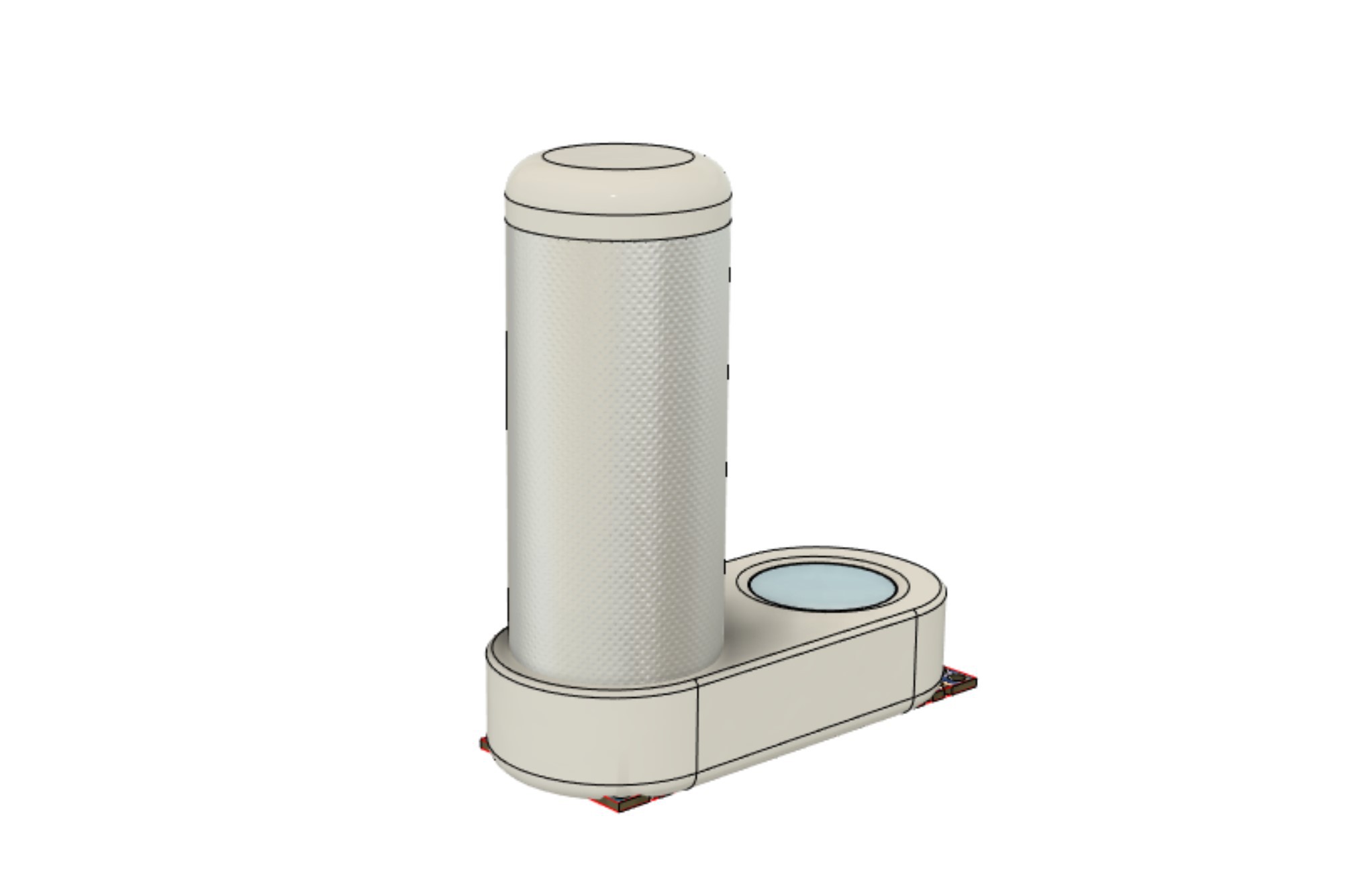
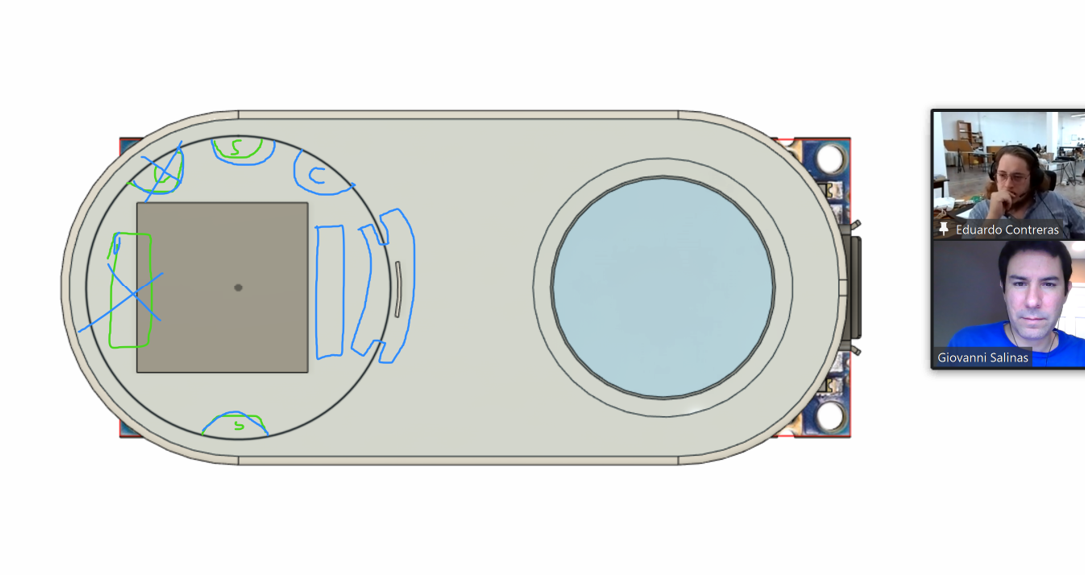

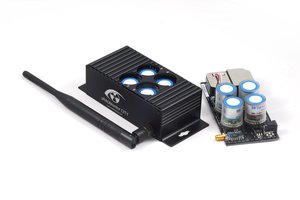
 Radu Motisan
Radu Motisan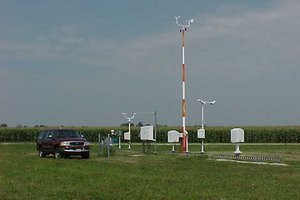
 sparks.ron
sparks.ron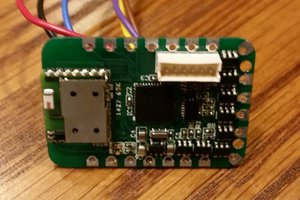
 Statutory Therapy
Statutory Therapy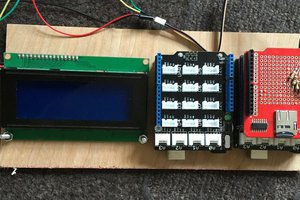
 Craig
Craig